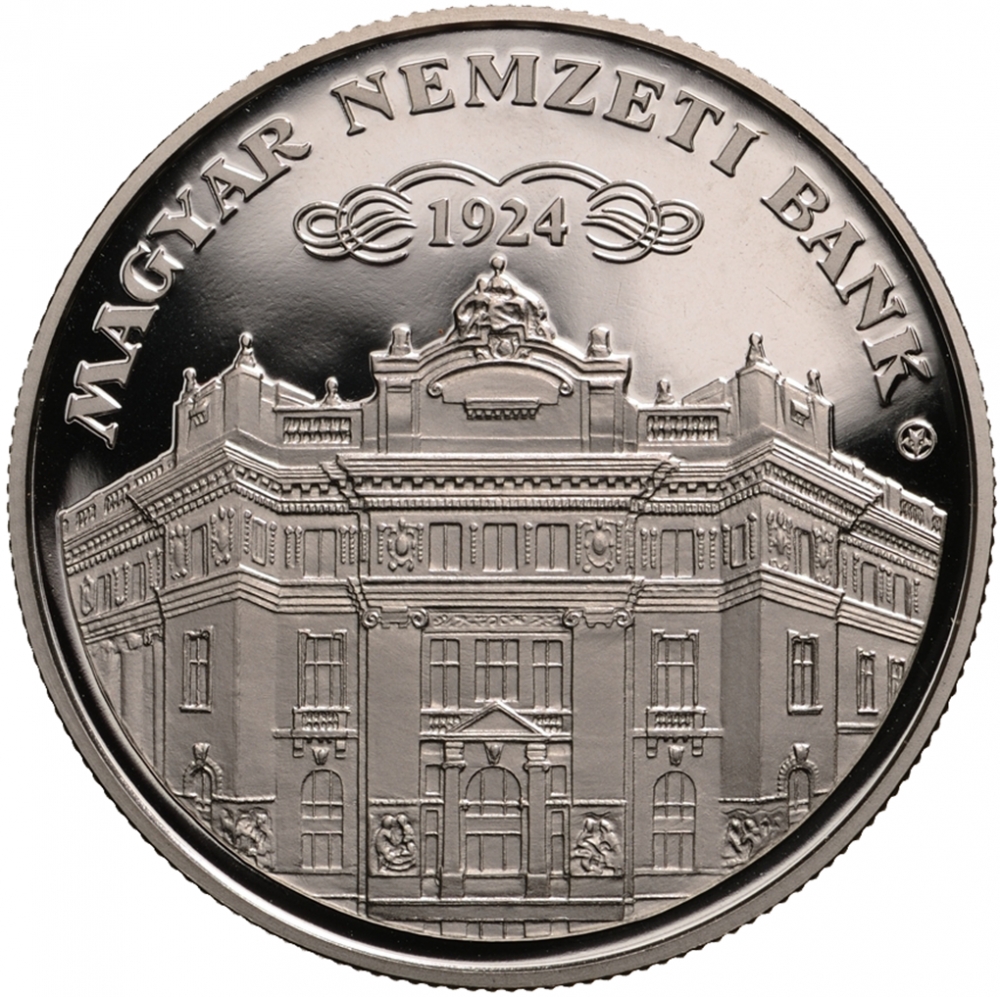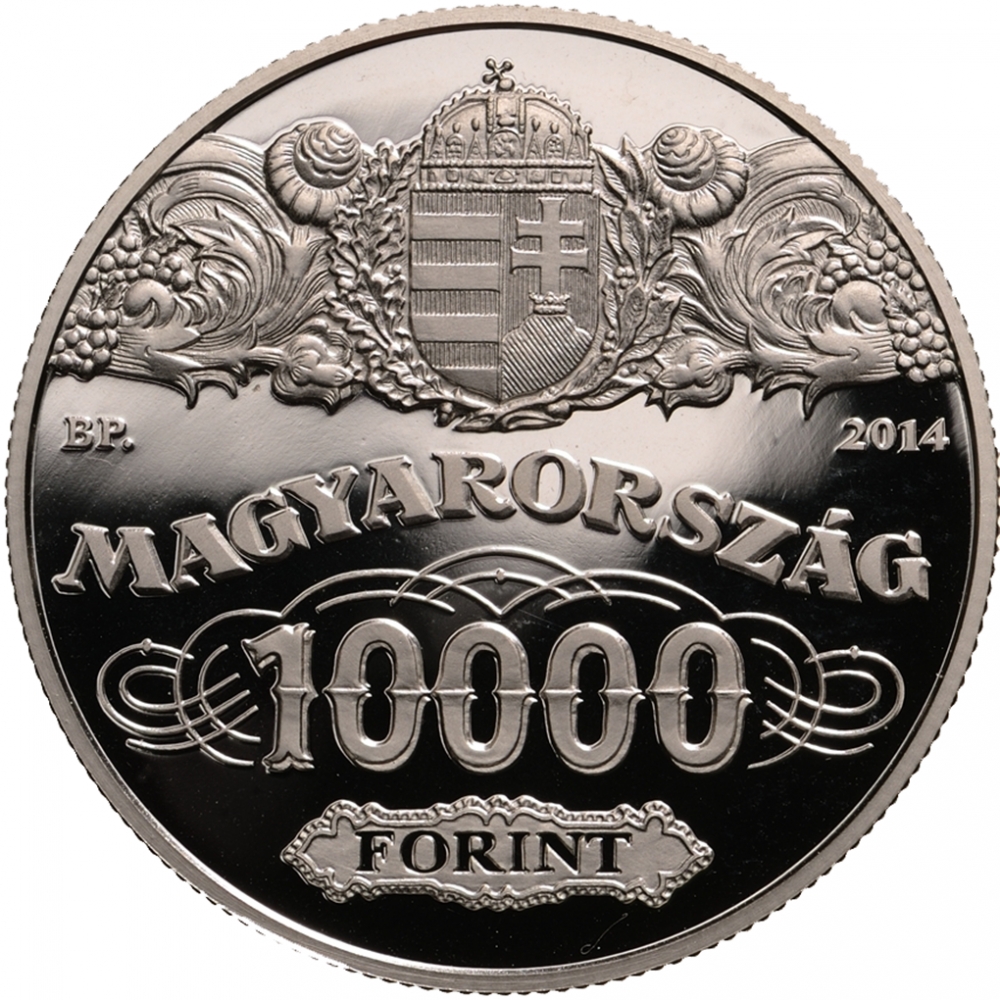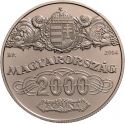You are about to finish your registration. Please check your mailbox (including spam folder). There should be a letter with a confirmation link. Check setting to make sure that your e-mail address is correct.
Send letter againDescription
Established in 1924 following the Austro-Hungarian Bank, with backing from the League of Nations' Economic and Financial Organization, the Magyar Nemzeti Bank, a member of the European System of Central Banks (ESCB), places a strong emphasis on international relations. It actively collaborates with global economic and financial institutions like the EU, IMF, OECD, and BIS. Its core objectives include ensuring price stability, managing the issuance of the Hungarian forint, regulating money supply, setting the Central Bank base rate, publishing official exchange rates, and overseeing foreign-exchange reserves and gold to influence exchange rates.
Originating from a stabilization loan facilitated by the League of Nations in 1923-1924, modeled after Austria's successful precedent a year prior, the Magyar Nemzeti Bank introduced the Hungarian pengő in 1927 to replace the korona.
During World War II and its immediate aftermath, the Magyar Nemzeti Bank struggled to maintain the value of the pengő, leading to the world's most severe hyperinflation episode in 1945-1946. Consequently, the bank introduced a new currency, the Hungarian forint, on August 1, 1946, and was subsequently nationalized by the end of 1947.
Engraver: Gábor Kereszthury
Obverse

|
Depicts a detail of the Hungarian National Bank building. Along the edge, in the upper inscription, reads "HUNGARIAN NATIONAL BANK", below which, in the center and framed by decorative motifs, the founding year "1924" is visible. Beneath the upper inscription, on the right edge, the mintmark is located. The decorative motifs and the typefaces used evoke certain motifs and typefaces found on shares issued by the Hungarian National Bank upon its founding in 1924. MAGYAR NEMZETI BANK |
|---|---|
Reverse

|
Depicts a curving inscription of "HUNGARY", below which, in two horizontal rows, is the denomination surrounded by decorative motifs and within an ornate frame, the inscription "FORINT." In the upper field, there is a depiction of a coat of arms surrounded by floral motifs, with the mintmark "BP" on the left edge and the issuance year "2014" on the right edge. The decorative motifs and the typefaces used evoke certain motifs and typefaces found on shares issued by the Hungarian National Bank upon its founding in 1924. BP. 2014 |
| Edge |
Related coins
90th Anniversary of the Foundation of the Magyar Nemzeti Bank



